It is imperative that you avoid putting dish soap in the dishwasher at all costs.
One of the most notable differences between dish soap and dish detergent is that dish soap creates foam, but dish detergent creates foam.
Imagining a dishwasher full of bubbles may conjure up a fun mental image, but in reality, it’s a serious, messy problem that needs to be addressed.
There is a learning curve involved when using dish soap for the first time in a dishwasher, which can be frustrating.
If it happens more than once, soap scum can build up in your dishwasher and cause it to break down.
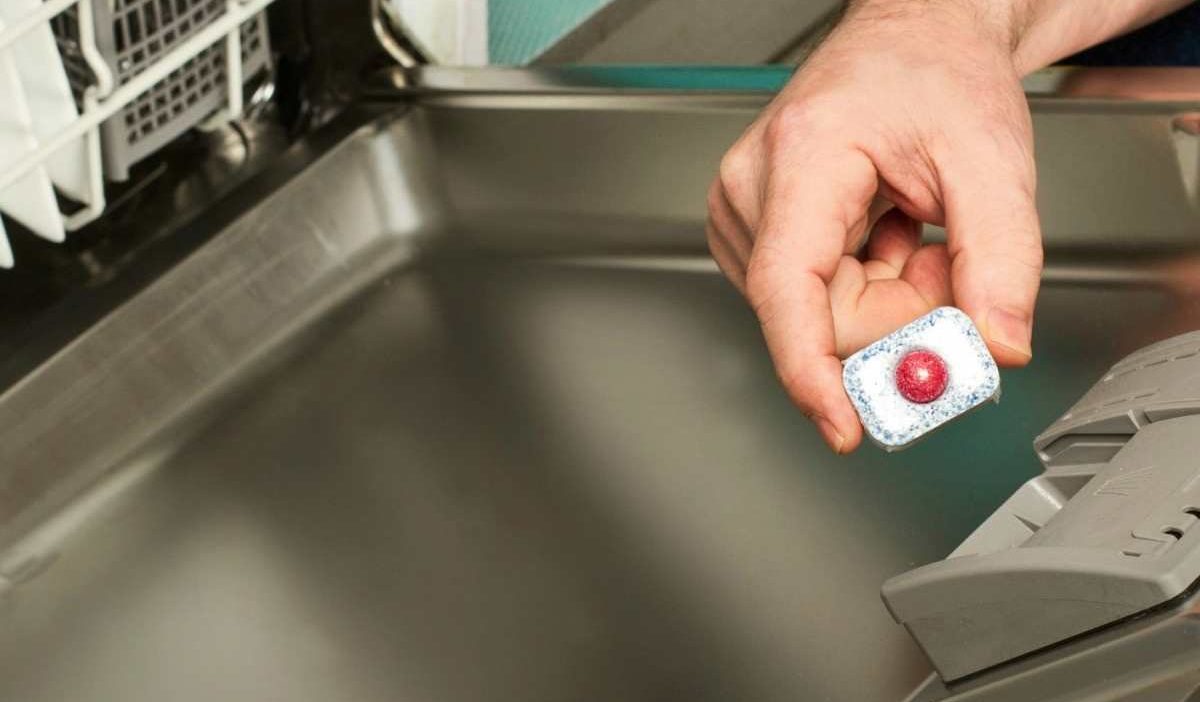
If you’re suddenly faced with what seems like an endless avalanche of soap, don’t worry.
We’ll walk you through the process of cleaning a dishwasher that already contains dish soap, and more importantly, we’ll walk you through the process of restoring your dishwasher to ensure it’s problem-free in the future.
What to do if the dishwasher is running and it overflows with dirty water?
First of all, you need to stop the washing machine as soon as possible.
Stop the cycle the washing machine is currently in.
We really hope you don’t currently have a dishwasher that is completely clogged with soap scum at this point.
The sooner you turn off the dishwasher, the better chance you have of preventing foam from penetrating the mechanical parts of the machine.
After you finish using the dishwasher and stop the cycle, the drain function should start automatically.
Even though this won’t get rid of everything, it should help clean up some of the mess in your kitchen and make it a little less difficult to clean.
What is the best way to clean up this mess in the kitchen?

If you fail to stop the cycle in time, it will be your responsibility to clean up the mess.
It is important to ensure that water does not leak onto the floor or cabinet.
When it comes to cleaning spills, a wet mop is the tool of choice.
Since this product is made of soap and water, cleaning with a dry cloth may leave some residue.
Are you looking for a solution to get rid of the ubiquitous soap bubbles? To remove dirt from the floor, spray it with a solution of water and white vinegar.
After adding the vinegar, it doesn’t take long for the bubbles to disappear.
What will you do with dirty dishes?
Before you can clean your dishwasher’s pipes and drains, you need to do some more cleaning.
Open the door of the dishwasher after the first drain cycle. Take out the dishes that have not been cleaned yet and put them in the sink.
To get rid of any gross residue that may have stuck to the plates from the overflow, you should rinse them well in the sink.
Consider washing dishes by hand just for once, while your dishwasher gets a much-needed break.
In any other case, once you’re done cleaning, you can simply wash the dishes by putting them back in the dishwasher for another round.
How to clean the dishwasher from accumulated foam?
This is the step that takes the most effort to complete.
After washing, you need to clean the inside of your dishwasher.
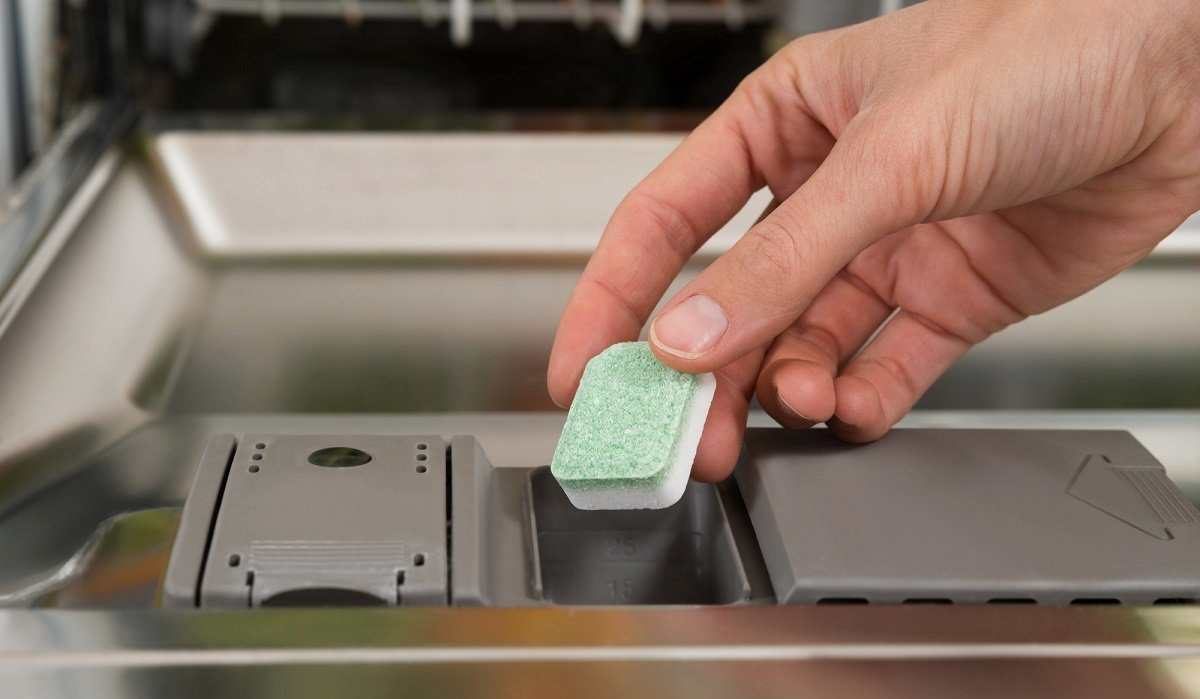
If you don’t clean it thoroughly, you will still have soap scum and foam problems in the future.
To get rid of bubbles, you can use a small bowl or pan and keep filling it with clean water.
If your dishwasher is close enough to your sink to warrant it, you can use the sprayer attachment on the faucet to clean it.
Your white vinegar spray bottle here will help you reduce the amount of foam produced.
Repeat the process of washing the device until the water that is poured into and at the bottom of the device does not create bubbles.
After you have rinsed enough, use a towel to wipe it off and dry off the excess water.
It is possible that you will need to remove the drawers from the cabinet to complete this step.
Should we turn on the dishwasher now or is it too dangerous?
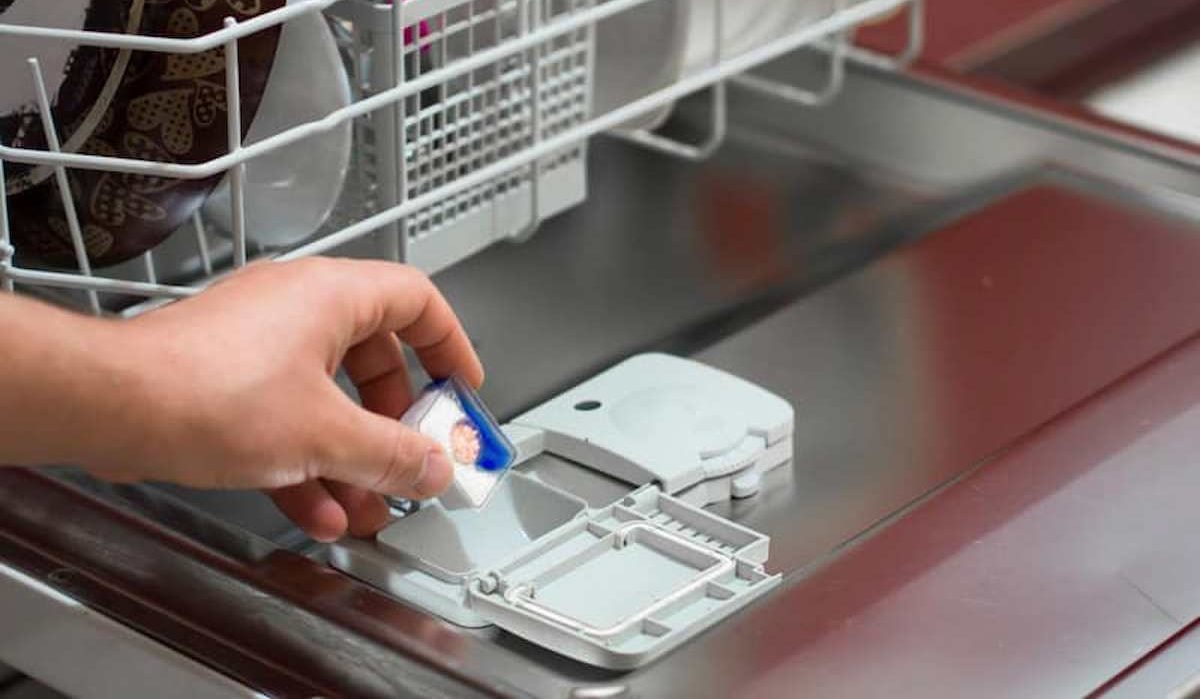
Almost.
After pouring a cup of white vinegar into the washing machine, start the rinse cycle and let it sit for three to five minutes.
It should be enough to remove any foam that is still there.
If you have done the other things suggested in this article, the dishwasher detergent should be completely removed from your dishwasher.
If foam is present, the rinse cycle will remove any residue that has not already been removed.
Once this is done, your dishwasher should be in a position to perform its function once again.
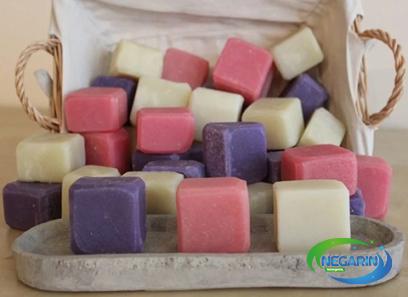
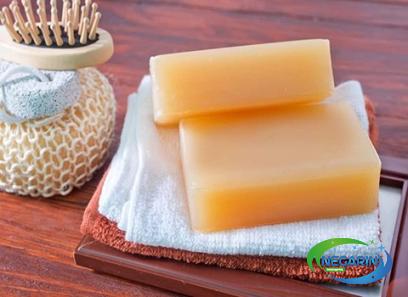
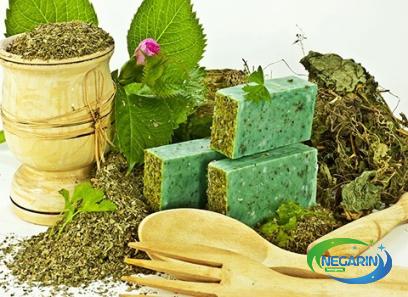
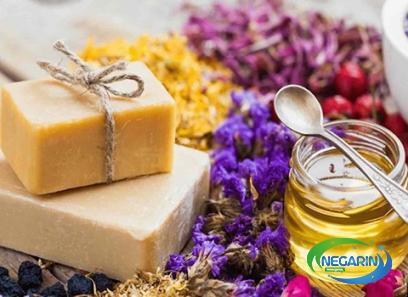
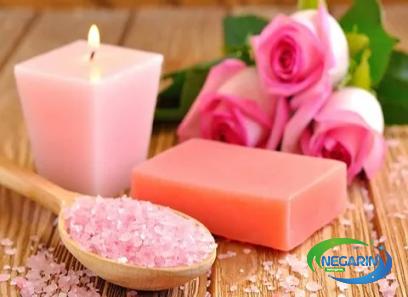
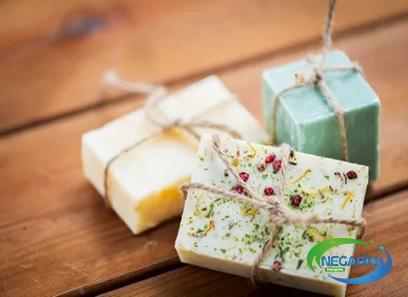
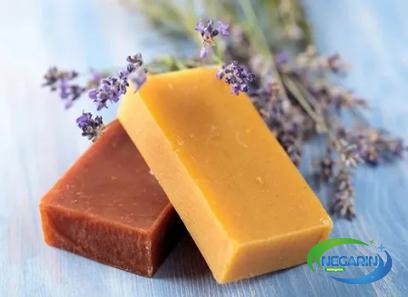
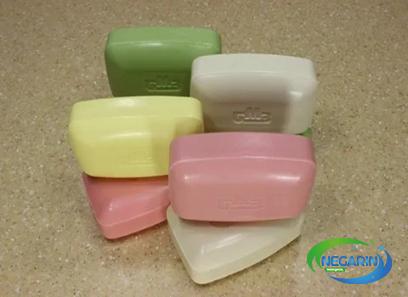
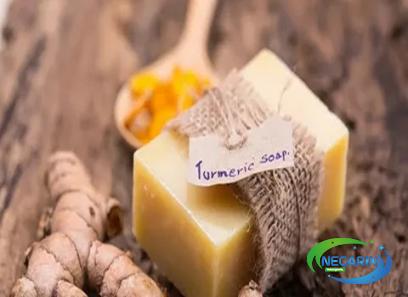
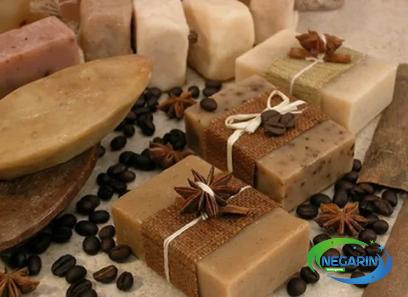
Your comment submitted.